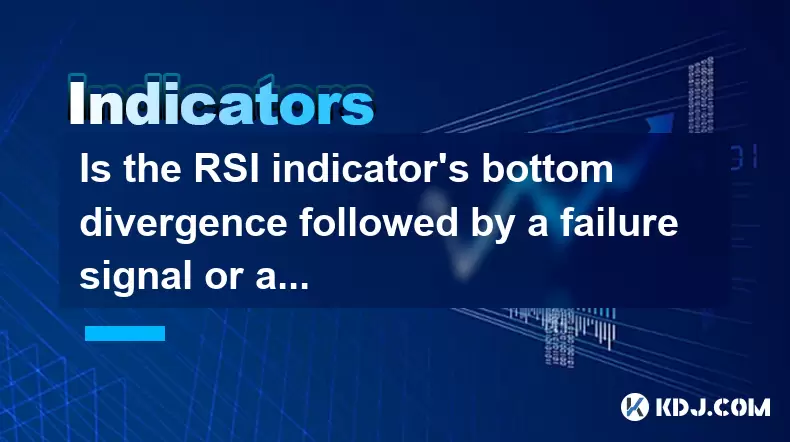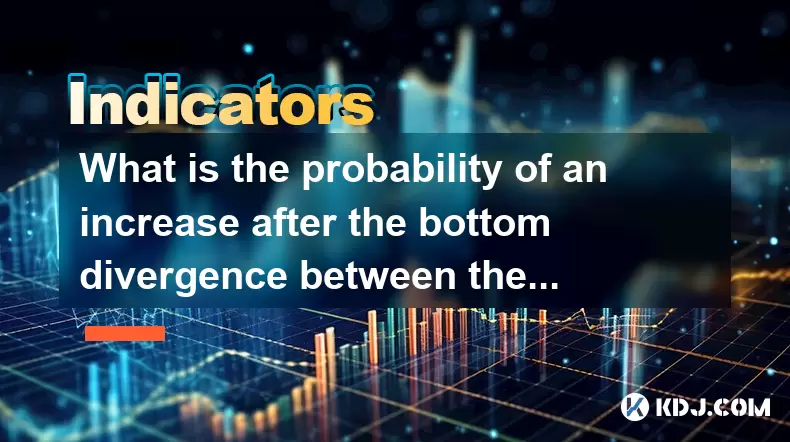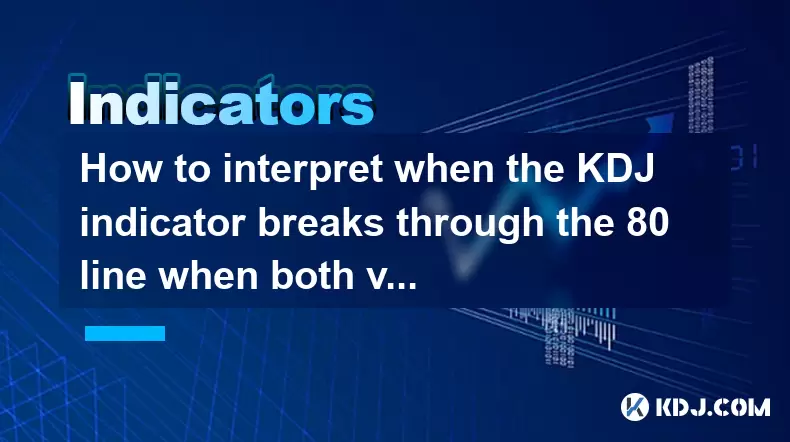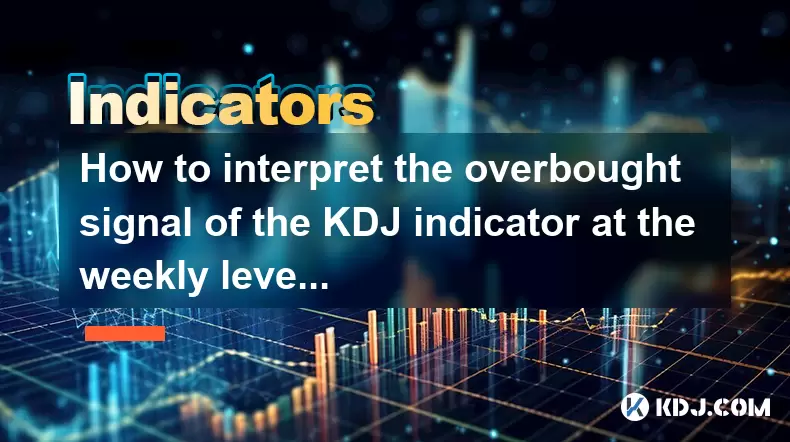-
 Bitcoin
Bitcoin $115100
-2.99% -
 Ethereum
Ethereum $3642
-1.38% -
 XRP
XRP $3.027
-5.51% -
 Tether USDt
Tether USDt $1.000
-0.05% -
 BNB
BNB $763.4
-1.32% -
 Solana
Solana $177.2
-5.42% -
 USDC
USDC $0.9999
-0.02% -
 Dogecoin
Dogecoin $0.2247
-6.47% -
 TRON
TRON $0.3135
0.23% -
 Cardano
Cardano $0.7824
-4.46% -
 Hyperliquid
Hyperliquid $42.53
-0.97% -
 Stellar
Stellar $0.4096
-6.09% -
 Sui
Sui $3.662
-2.61% -
 Chainlink
Chainlink $17.63
-3.57% -
 Bitcoin Cash
Bitcoin Cash $536.3
2.94% -
 Hedera
Hedera $0.2450
0.34% -
 Avalanche
Avalanche $23.23
-3.15% -
 Litecoin
Litecoin $112.2
-1.23% -
 UNUS SED LEO
UNUS SED LEO $8.976
-0.30% -
 Shiba Inu
Shiba Inu $0.00001341
-2.72% -
 Toncoin
Toncoin $3.101
-2.44% -
 Ethena USDe
Ethena USDe $1.001
-0.05% -
 Uniswap
Uniswap $10.08
-1.97% -
 Polkadot
Polkadot $3.938
-2.77% -
 Monero
Monero $323.9
0.87% -
 Dai
Dai $0.9999
-0.02% -
 Bitget Token
Bitget Token $4.481
-1.69% -
 Pepe
Pepe $0.00001199
-5.94% -
 Aave
Aave $288.2
-0.68% -
 Cronos
Cronos $0.1279
0.36%
Is the RSI indicator's bottom divergence followed by a failure signal or a second bottoming out?
RSI bottom divergence signals weakening bearish momentum in crypto, but confirmation via price action, volume, and higher timeframes is key to avoiding false reversals.
Jul 24, 2025 at 11:01 pm

Understanding RSI Bottom Divergence in Cryptocurrency Trading
The Relative Strength Index (RSI) is a momentum oscillator widely used in the cryptocurrency market to measure the speed and change of price movements. One of the most closely watched signals generated by the RSI is bottom divergence, which occurs when the price makes a lower low, but the RSI forms a higher low. This discrepancy suggests weakening downward momentum and is often interpreted as a potential reversal signal. Traders rely on this pattern to anticipate bullish turnarounds, especially after prolonged downtrends in assets like Bitcoin or Ethereum.
When a bottom divergence appears on the RSI, it indicates that selling pressure is diminishing even as the price continues to drop. This weakening bearish momentum may foreshadow a shift in control from sellers to buyers. However, divergence alone does not guarantee a reversal. Many traders mistake the appearance of divergence as an immediate buy signal, but in highly volatile crypto markets, prices can continue to fall despite the divergence, leading to confusion about whether the signal is valid.
Is RSI Bottom Divergence a Reliable Reversal Signal?
While RSI bottom divergence is considered a strong bullish signal, its reliability depends on multiple factors, including timeframe, market context, and confirmation from other indicators. On lower timeframes such as 1-hour or 4-hour charts, divergence can be frequent and often leads to false signals due to market noise. In contrast, divergence appearing on daily or weekly charts tends to carry more weight and is more likely to precede a genuine reversal.
To increase the reliability of a divergence signal, traders often wait for confirmation candles or price action patterns such as bullish engulfing, hammer formations, or breakouts above key resistance levels. For example, if Bitcoin forms a lower low while the RSI forms a higher low, and the next candle closes above the 200-period moving average, this adds credibility to the divergence. Without confirmation, the divergence may simply reflect temporary exhaustion rather than a full reversal.
Another factor to consider is volume. A genuine reversal following divergence is often accompanied by a noticeable increase in trading volume, indicating renewed buyer interest. If volume remains flat or declines during the divergence, the signal may lack conviction and could result in a failure.
Distinguishing Between a Failure Signal and a Second Bottoming Out
After an initial RSI bottom divergence, the market may either reverse successfully or fail to sustain upward momentum. A failure signal occurs when price briefly rises after the divergence but then resumes its downtrend, often breaking below the prior low. In this case, the divergence did not lead to a reversal, and the bullish signal is invalidated. This scenario is common during strong bear markets when short-term bounces are quickly sold into.
In contrast, a second bottoming out happens when price forms another low at or near the level of the first low, but this time the RSI forms an even higher low, creating a double or extended divergence. This pattern reinforces the idea that downward momentum is continuing to weaken. If the second bottom is accompanied by bullish candlestick patterns and rising volume, the probability of a successful reversal increases significantly.
Traders can use the following criteria to differentiate between the two outcomes:
- Failure signal: Price breaks below the first low with strong bearish momentum and RSI fails to hold above 30.
- Second bottoming out: Price stabilizes near the prior low, forms a higher RSI low, and shows signs of consolidation or accumulation.
Step-by-Step Guide to Validating RSI Divergence in Crypto Charts
To effectively analyze RSI bottom divergence and determine whether it leads to a failure or a second bottom, follow these steps:
- Open your preferred trading platform (e.g., TradingView) and load the chart of a major cryptocurrency such as BTC/USDT.
- Apply the RSI indicator with default settings (14-period) to the chart.
- Identify a recent downtrend where price has made at least two distinct lows.
- Compare the price lows with the corresponding RSI values. Draw trendlines connecting the RSI lows.
- Confirm that the second price low is lower than the first, but the second RSI low is higher than the first — this confirms divergence.
- Wait for price action confirmation, such as a close above a recent swing high or a bullish candlestick pattern.
- Monitor trading volume to ensure it increases during the potential reversal phase.
- Watch for a follow-through rally; if price fails to move higher and breaks below the prior low, the divergence has failed.
This process helps filter out false signals and improves the accuracy of trade entries based on RSI divergence.
Common Misinterpretations and How to Avoid Them
One of the most frequent errors is acting on RSI divergence too early. Some traders place buy orders as soon as divergence is spotted, without waiting for confirmation. In fast-moving crypto markets, this can lead to significant losses if the trend continues. Another mistake is ignoring the overall market trend. Divergence in a strong downtrend is less reliable than in a sideways or oversold market.
Additionally, traders often overlook divergence on multiple timeframes. A divergence on the 4-hour chart may be invalidated by a stronger downtrend on the daily chart. It is advisable to analyze divergence across at least two timeframes — for example, checking the daily chart for trend direction and the 4-hour for entry timing.
Using overbought/oversold levels in conjunction with divergence can also improve analysis. If RSI is below 30 when divergence forms, it suggests the asset is oversold, increasing the likelihood of a bounce. However, in strong downtrends, RSI can remain oversold for extended periods, so this should not be used in isolation.
Frequently Asked Questions
Can RSI bottom divergence occur during a sideways market?
Yes, RSI bottom divergence can appear in ranging markets when price oscillates between support and resistance. In such cases, the divergence may signal a bounce from support rather than a trend reversal. The signal is more reliable when combined with horizontal support levels and volume analysis.
How long should I wait for confirmation after spotting divergence?
There is no fixed timeframe, but most traders wait for at least one full candle (e.g., one 4-hour or daily candle) to close in the expected direction. Premature entries based on incomplete candles often result in losses due to volatility.
Does RSI divergence work the same way on all cryptocurrencies?
While the principle remains consistent, low-cap altcoins with low liquidity may produce more false divergence signals due to price manipulation and erratic volume. Major cryptocurrencies like Bitcoin and Ethereum tend to generate more reliable divergence patterns.
What should I do if divergence fails and price breaks lower?
If price breaks below the prior low after a divergence, treat it as a failed signal. Exit any long positions and consider the possibility of continued bearish momentum. Some traders use this as a shorting opportunity, especially if RSI shows lower highs on the breakdown.
Disclaimer:info@kdj.com
The information provided is not trading advice. kdj.com does not assume any responsibility for any investments made based on the information provided in this article. Cryptocurrencies are highly volatile and it is highly recommended that you invest with caution after thorough research!
If you believe that the content used on this website infringes your copyright, please contact us immediately (info@kdj.com) and we will delete it promptly.
- Kaspa's Strongest Month REVEALED: New Data Shocks KAS Traders!
- 2025-07-26 04:30:12
- Crypto Losses: From ZIRP to Zero - How I Lost a Million Dollars (and What You Can Learn)
- 2025-07-26 04:30:12
- BONK's Wild Ride: Selling Pressure and Market Dip - A New Yorker's Take
- 2025-07-26 03:30:12
- Pepeto Presale Heats Up: Demo Trading and Meme Coin Mania!
- 2025-07-26 02:50:11
- WeWake, Nexchain AI, and the Crypto Presale Frenzy: What You Need to Know
- 2025-07-26 02:50:11
- Scottie Pippen's XRP Moonshot: A Slam Dunk or an Air Ball?
- 2025-07-26 03:30:12
Related knowledge

What does it mean when the price breaks through the 30-day moving average and is accompanied by a large volume?
Jul 26,2025 at 03:35am
Understanding the 30-Day Moving Average in Cryptocurrency TradingThe 30-day moving average (MA) is a widely used technical indicator in the cryptocurr...

What does it mean when the MACD bar turns from negative to positive?
Jul 26,2025 at 05:01am
Understanding the MACD Indicator in Cryptocurrency TradingThe Moving Average Convergence Divergence (MACD) is a widely used technical analysis tool in...

Does the golden cross of the KDJ three lines at the annual line level indicate a turning point in the big cycle?
Jul 26,2025 at 01:35am
Understanding the KDJ Indicator in Cryptocurrency TradingThe KDJ indicator is a momentum oscillator widely used in technical analysis, especially with...

What is the probability of an increase after the bottom divergence between the KDJ indicator and the trading volume?
Jul 26,2025 at 01:29am
Understanding KDJ Indicator and Its Role in Technical AnalysisThe KDJ indicator is a momentum oscillator widely used in cryptocurrency trading to iden...

How to interpret when the KDJ indicator breaks through the 80 line when both volume and price rise?
Jul 26,2025 at 12:47am
Understanding the KDJ Indicator and Its ComponentsThe KDJ indicator is a momentum oscillator widely used in technical analysis within the cryptocurren...

How to interpret the overbought signal of the KDJ indicator at the weekly level?
Jul 26,2025 at 04:09am
Understanding the KDJ Indicator at the Weekly LevelThe KDJ indicator is a momentum oscillator widely used in technical analysis to identify potential ...

What does it mean when the price breaks through the 30-day moving average and is accompanied by a large volume?
Jul 26,2025 at 03:35am
Understanding the 30-Day Moving Average in Cryptocurrency TradingThe 30-day moving average (MA) is a widely used technical indicator in the cryptocurr...

What does it mean when the MACD bar turns from negative to positive?
Jul 26,2025 at 05:01am
Understanding the MACD Indicator in Cryptocurrency TradingThe Moving Average Convergence Divergence (MACD) is a widely used technical analysis tool in...

Does the golden cross of the KDJ three lines at the annual line level indicate a turning point in the big cycle?
Jul 26,2025 at 01:35am
Understanding the KDJ Indicator in Cryptocurrency TradingThe KDJ indicator is a momentum oscillator widely used in technical analysis, especially with...

What is the probability of an increase after the bottom divergence between the KDJ indicator and the trading volume?
Jul 26,2025 at 01:29am
Understanding KDJ Indicator and Its Role in Technical AnalysisThe KDJ indicator is a momentum oscillator widely used in cryptocurrency trading to iden...

How to interpret when the KDJ indicator breaks through the 80 line when both volume and price rise?
Jul 26,2025 at 12:47am
Understanding the KDJ Indicator and Its ComponentsThe KDJ indicator is a momentum oscillator widely used in technical analysis within the cryptocurren...

How to interpret the overbought signal of the KDJ indicator at the weekly level?
Jul 26,2025 at 04:09am
Understanding the KDJ Indicator at the Weekly LevelThe KDJ indicator is a momentum oscillator widely used in technical analysis to identify potential ...
See all articles

























































































